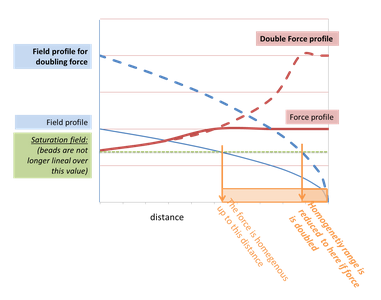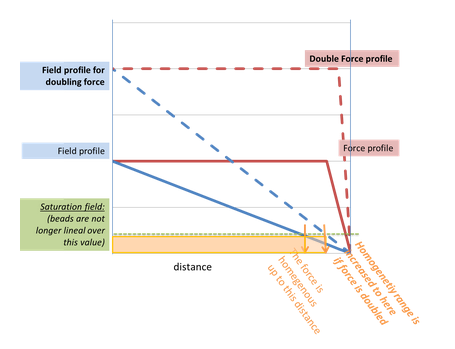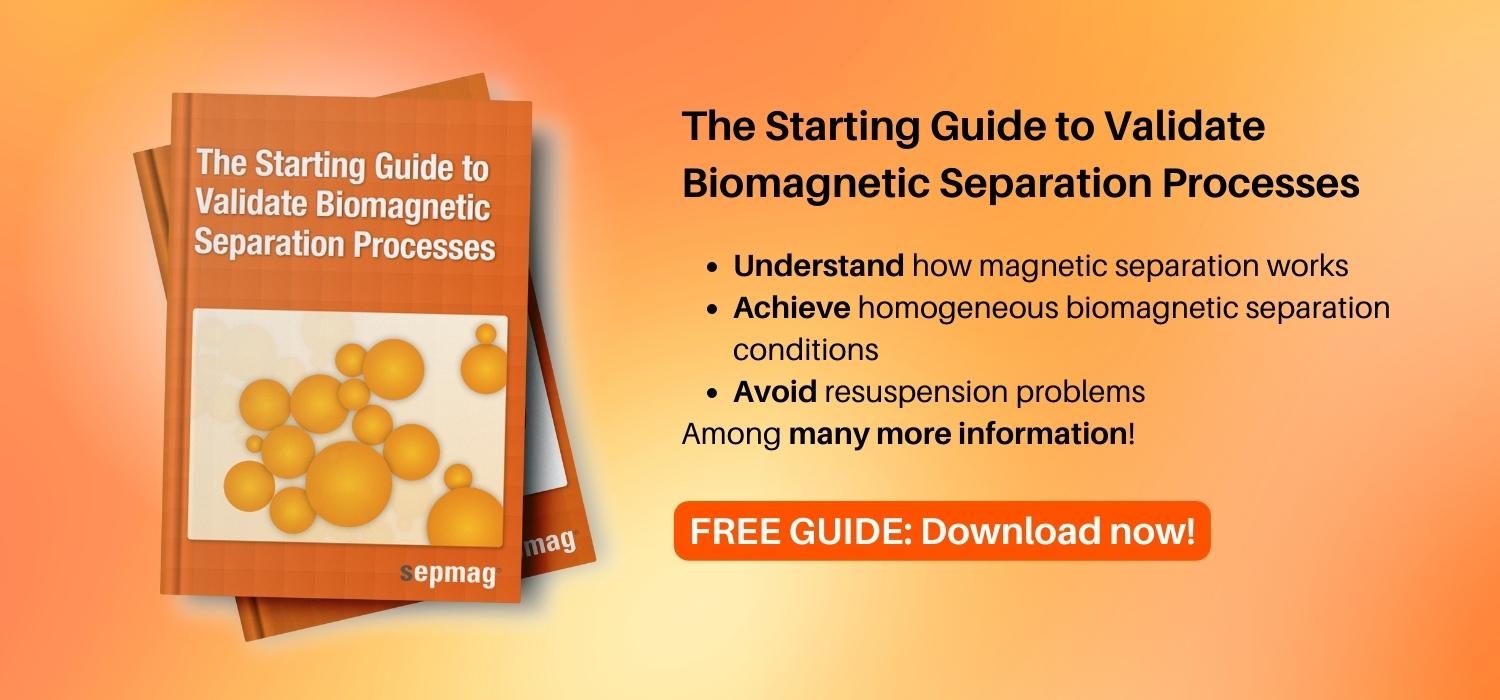Reproducibility is very important when considering production of in vitro diagnostic kits. As such, there should be good quality control in place that strictly defines the parameters of the assay’s raw materials. For example, magnetic beads, antibodies and buffers should not vary from batch to batch. In addition, these raw materials should all act the same during biomagnetic separation.

This post is about magnetic bead separation and how to validate this process. If you are interested in this topic, and are willing to learn more about it, download our Free Guide The Starting Guide to Validate Biomagnetic Separation Processes:
So, what is the problem?
There are several problems to be considered:
- For desired homogenous conditions, one must ensure constant magnetic force across the entire batch volume.
- In order to generate magnetic force, one must have a non-homogeneous magnetic field.
- Some beads may experience a low magnetic field, where the magnetic moment changes linearly with the field.
- Some beads experience a high enough magnetic field to saturate their magnetic moments, rendering it essentially constant.
- Although it is difficult, the magnetic field pattern needs to be chosen carefully such that it has a constant magnetic force across all beads.
Solution at Low Magnetic Field
A constant magnetic force at low magnetic field is achieved by generating a field that is always below saturation. If one increases the force, this will reduce the region where the force is homogenous. If the field reaches magnetic moment saturation, the force will decrease. Large volumes complicate this problem by exacerbating the effect of the field profile on distance from the magnet. Therefore, it is not always easy to accomplish the desired goal.

Solution at High Magnetic Field
If one already has a high field, generating constant magnetic force, one needs only to develop a constant gradient to achieve a magnetic force. Cylindrical geometry of the vessel permits the generation of a quadripolar field. In this situation, only 1% of the sample volume experiences non-homogeneous forces. Radial gradients are high enough in cylinders to allow almost the entire volume of beads to experience saturation. Even if 10% of the central region in the cylinder is below the saturation field, only 1% of the entire batch volume will be affected. Since conditions in these cylinders are homogenous and consistent, the same conditions can be reproduced at higher batch volumes. Reproducibility is independent of scale.
 If you found this article interesting and want to get a deeper insight in the topic of magnetic bead separation, make sure to check these articles from our blog:
If you found this article interesting and want to get a deeper insight in the topic of magnetic bead separation, make sure to check these articles from our blog:
- Avoiding resuspension problems using biomagnetic separation technology
- Determining the Optimal Biomagnetic Separation Time
- Biomagnetic Separation: Ensuring Complete Consistency From Lot to Lot
Image courtesy of Stoon / FreeDigitalPhotos.net






